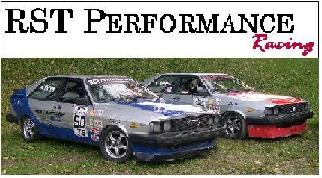It's a bit geeky, but the article "Trail Blazing" in the current (August 2004) issue of Racecar Engineering is an interesting look at different racing lines, and which yields the best sector time.
It examines the classic, parabolic, elliptic and hyperbolic lines.
Conclusion? The classic racing line, while offering the highest corner speed, does not yield the lowest time. That honor goes to the parabolic line, which resembles a trail braking entry into a pinched corner with early throttle out. There is no late apexing--the entry and exit lines are mirror images about the apex.
Interesting stuff. Anyone tried this?
------------------
Gregg Baker, P.E.
Isaac, LLC
http://www.isaacdirect.com
It examines the classic, parabolic, elliptic and hyperbolic lines.
Conclusion? The classic racing line, while offering the highest corner speed, does not yield the lowest time. That honor goes to the parabolic line, which resembles a trail braking entry into a pinched corner with early throttle out. There is no late apexing--the entry and exit lines are mirror images about the apex.
Interesting stuff. Anyone tried this?
------------------
Gregg Baker, P.E.
Isaac, LLC
http://www.isaacdirect.com


